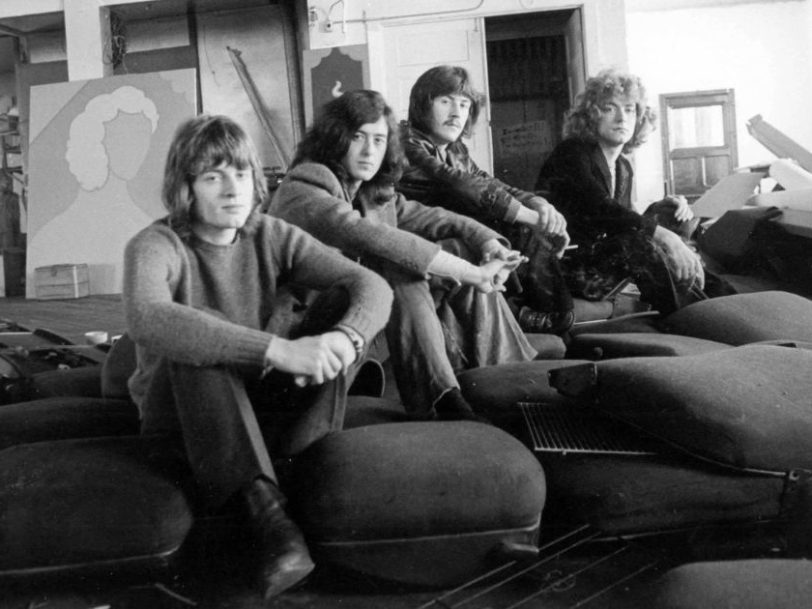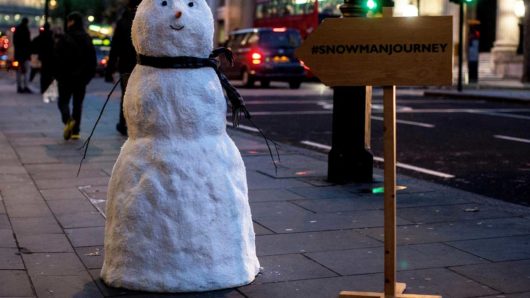Over the years, Led Zeppelin’s singular career has been pored over in any number of publications. Yet while you might think the story of this formidable British quartet has already been done to death, you may get a few surprises when you check out these Led Zeppelin facts you need to know…
Listen to the best of Led Zeppelin here, and check out our ten surprising led zeppelin facts, below.
1: Led Zeppelin were billed as “The New Yardbirds” when they first played live
Prior to forming Led Zeppelin, guitarist Jimmy Page spent two years performing and recording with The Yardbirds. But when that much-acclaimed group’s other three members – Keith Relf, Jim McCarty and Chris Dreja – quit during the summer of 1968, they left Page and manager Peter Grant the rights to the name and a series of scheduled gigs to honour in Scandinavia.
Accordingly, after Page recruited singer Robert Plant, bassist John Paul Jones and drummer John Bonham for what would soon morph into Led Zeppelin. One of the more confusing Led Zeppelin facts, the group were billed as The New Yardbirds when they played their debut gig, at the Teen Club, in Gladsaxe, Denmark, on 7 September 1968, and were only first officially advertised as Led Zeppelin when they performed at the University Of Surrey’s Great Hall, in London, on 25 October 1968, though flyers for their next few shows in the capital (including the Marquee Club, on 10 December) advertise them as “Led Zeppelin (nee The Yardbirds)”.
2: The Who helped inspire Led Zeppelin’s band name
One of The Yardbirds’ earlier members, legendary guitarist Jeff Beck completed his first solo recording, the widely acclaimed instrumental Beck’s Bolero, in May 1966, with help from an all-star studio ensemble including Jimmy Page; The Who’s rhythm section, Keith Moon and John Entwistle; and in-demand keyboard ace Nicky Hopkins.




